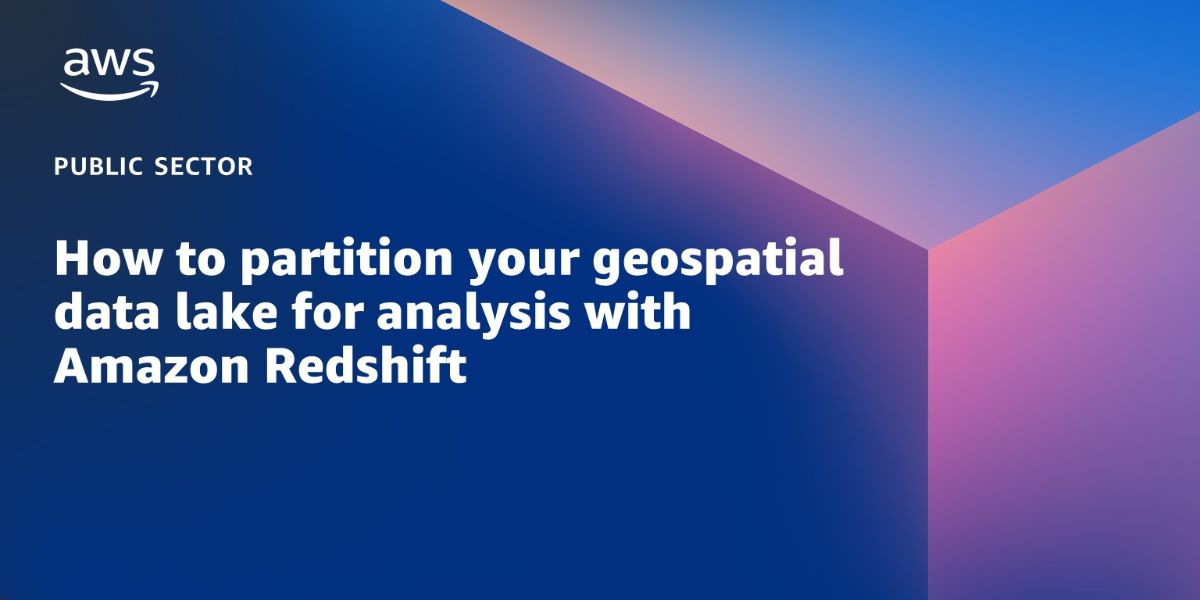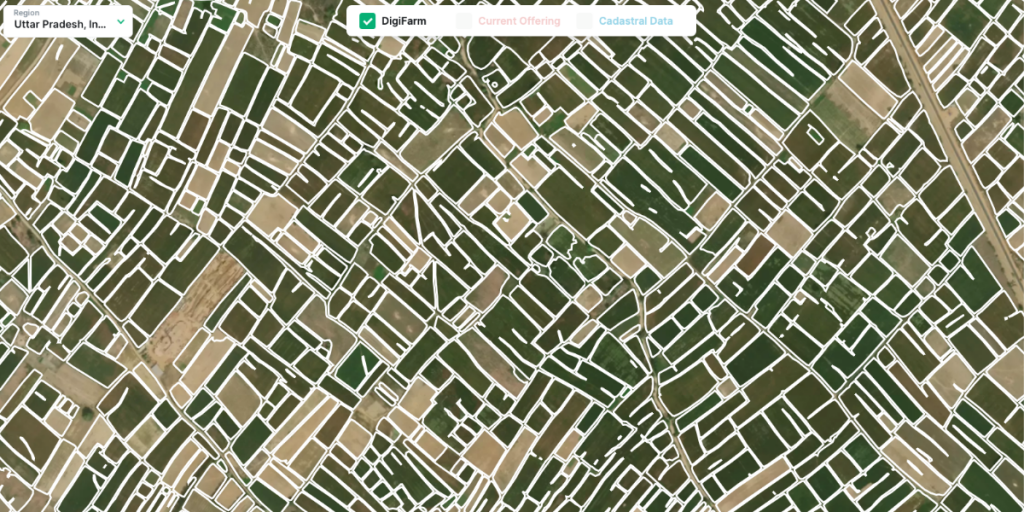AWS Public Sector Blog
Tag: Amazon S3
How to partition your geospatial data lake for analysis with Amazon Redshift
Data lakes are becoming increasingly common in many different workloads, and geospatial is no exception. In 2021, Amazon Web Services (AWS) announced geography and geohash support on Amazon Redshift, so geospatial analysts have the capability to quickly and efficiently query geohashed vector data in Amazon Simple Storage Service (Amazon S3). In this blog post, I walk through how to use geohashing with Amazon Redshift partitioning for quick and efficient geospatial data access, analysis, and transformation in your data lake.
Alex’s Lemonade Stand Foundation uses AWS to advance cutting-edge pediatric cancer research worldwide
In 2017, the Alex’s Lemonade Stand Foundation (ALSF) founded the Childhood Cancer Data Lab (Data Lab) to address an important gap in the pediatric cancer field: vast amounts of accumulated data were not being put to use at scale. To address this gap, the Data Lab used AWS to build refine.bio, an openly available collection of normalized bulk gene expression data, to make public datasets interoperable and reusable.
Creating access control mechanisms for highly distributed datasets
Security is priority number one at AWS. Data stored in Amazon Simple Storage Service (Amazon S3) is private by default. However, some datasets are made to be shared. In this blog post, we cover the no-cost mechanisms data providers can utilize to create access control policies for their highly distributed open datasets.
Move data in and out of AWS GovCloud (US) with Amazon S3
Increasingly, AWS customers are operating workloads both in AWS GovCloud (US) and standard AWS Regions. Dependencies between workloads, changing data controls, or enrichment of data across multiple data levels are examples of business needs that may require moving data in and out of AWS GovCloud (US). In this blog post, I explain how to move data between Amazon Simple Storage Service (Amazon S3) buckets in the AWS GovCloud (US) and standard partitions.
How AI-powered robotics give nurses more time to spend with patients
Nursing shortages are not a new phenomenon, but the pandemic has exacerbated the problem. The situation has forced hospitals to think creatively about their staffing models and has also brought clinical teams, operators, and IT departments together in an effort to seek new ways to use technology. One healthcare system is using robotics powered by cloud technology, including artificial intelligence (AI) and machine learning (ML), to help nurses spend more time with patients.
Using AWS to help students find an affordable college
Moneythink is an education technology nonprofit providing big solutions to help with college affordability, accessibility, and student loan debt. We built DecidED, a web app that runs on AWS and provides students across the country with guidance and support to understand financial aid options and budgeting for college costs. Our work gives students the cost transparency necessary to make clear decisions about their futures, and is especially beneficial for historically marginalized students, as they often lack resources due to institutionally imposed barriers.
How students help modernize rocket launches at the Western Range with the AWS Cloud
Vandenberg Space Force Base (VSFB), also known as the Western Launch and Test Range, is one of only two U.S. Space Force launch ranges. A safe rocket launch relies on the ability of Western Range meteorologists to gather and analyze weather data in real-time. The Western Range team wanted to switch to an agile, cloud-based solution that would streamline data analysis and keep operators safe—which prompted them to call on students and AWS Cloud experts at the California Polytechnic State University (Cal Poly) Digital Transformation Hub (DxHub), powered by AWS, to help VSFB prototype a solution.
From open data to machine learning, making 1950 Census data available with AWS
On April 1, the US National Archives and Records Administration (NARA) released the 1950 Census data to the general public. Census data is released 72 years after a census is conducted, and it has been 10 years since the last census data for the 1940 Census was publicly released. With the support of cloud technologies, this release marks a number of important firsts. AWS is honored to support the release of the 1950 Census and help make this data available to the public.
Bringing world-class satellite imagery to smallholder farmers with open data
As part of the Amazon Sustainability Data Initiative (ASDI), AWS invited Nils Helset, co-founder and chief executive officer (CEO) of DigiFarm, to share how AWS Cloud technology and open data support DigiFarm’s efforts in precision farming to make agricultural practices more sustainable and efficient.
How Skillshare increased their click-through rate by 63% with Amazon Personalize
Skillshare is the largest global online learning community for creativity. They offer thousands of inspiring classes for creative and curious people on topics including illustration, design, photography, video, freelancing, and more. Skillshare wanted their members to easily discover relevant content with a seamless discovery process of personalized recommendations. Skillshare decided to test Amazon Personalize from AWS to make these data-fueled recommendations for members with machine learning. This blog post describes their Amazon Personalize solution architecture, their AWS Step Functions process, and the results of their experiment.









